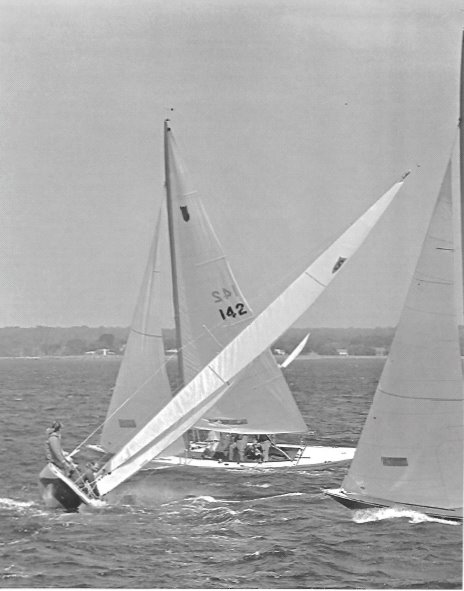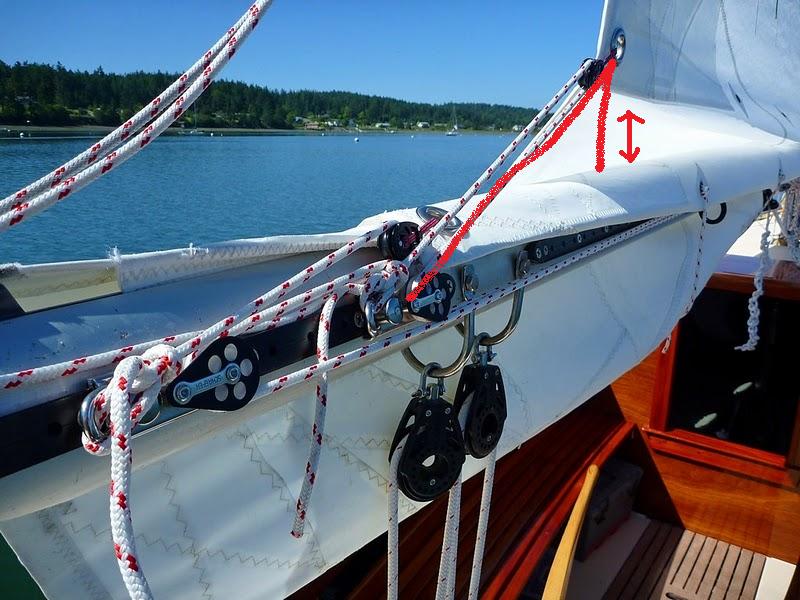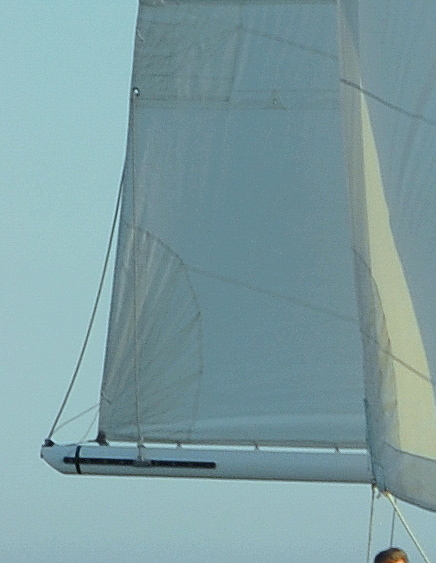I have been working on getting the reefing system setup and working on Bolero and have been making good progress. Mostly I have borrowed and stole ideas from others more knowledgeable than I. Here is what my system looks like so far.
Here is the mast end.

And the boom end.

And as I mentioned it is working pretty well. The snap shackle at the tack is quick to hook up and release and it only takes a reasonable effort to take in the clew. And everything is nice and handy at the mast.
But... What I don't like is the way the sail get trapped by the clew line that wraps under the boom and through the reef grommet.

So I was thinking, which is the beginning of all my stupid ideas, what if I set up the clew like I do the tack and use a ring and only pull down from the starboard side. Like so.


And finally the question. Is this a bad idea? Am I overloading the track? Or twisting the boom?
Part of my reason for asking is that I have never seen this setup before. All of the clew reefing systems seem to tie the line on the port side of the boom run through the reef grommet and to the turning block on the starboard side of the boom.
I would appreciate any thoughts anyone might have as I like the way the sail lays over the boom without creases and keeping the mainsheet blocks and the line controls on the starboard side available.


If I have totally missed something, please let me have it. I am sitting down.
Cheers, Bill
ps.. Bolero sails like a dream with one reef point


















